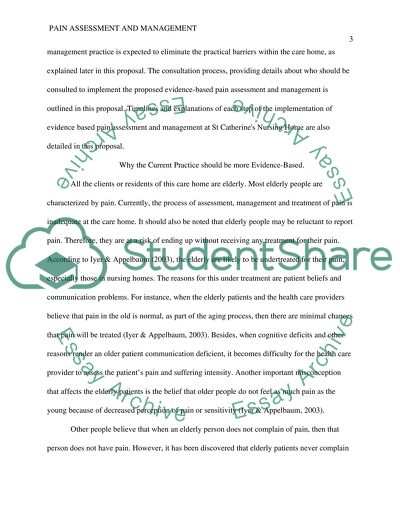Cite this document
(“Evidence-Based Practice Essay Example | Topics and Well Written Essays - 3250 words”, n.d.)
Retrieved from https://studentshare.org/health-sciences-medicine/1488799-evidence-based-practice
Retrieved from https://studentshare.org/health-sciences-medicine/1488799-evidence-based-practice
(Evidence-Based Practice Essay Example | Topics and Well Written Essays - 3250 Words)
https://studentshare.org/health-sciences-medicine/1488799-evidence-based-practice.
https://studentshare.org/health-sciences-medicine/1488799-evidence-based-practice.
“Evidence-Based Practice Essay Example | Topics and Well Written Essays - 3250 Words”, n.d. https://studentshare.org/health-sciences-medicine/1488799-evidence-based-practice.


